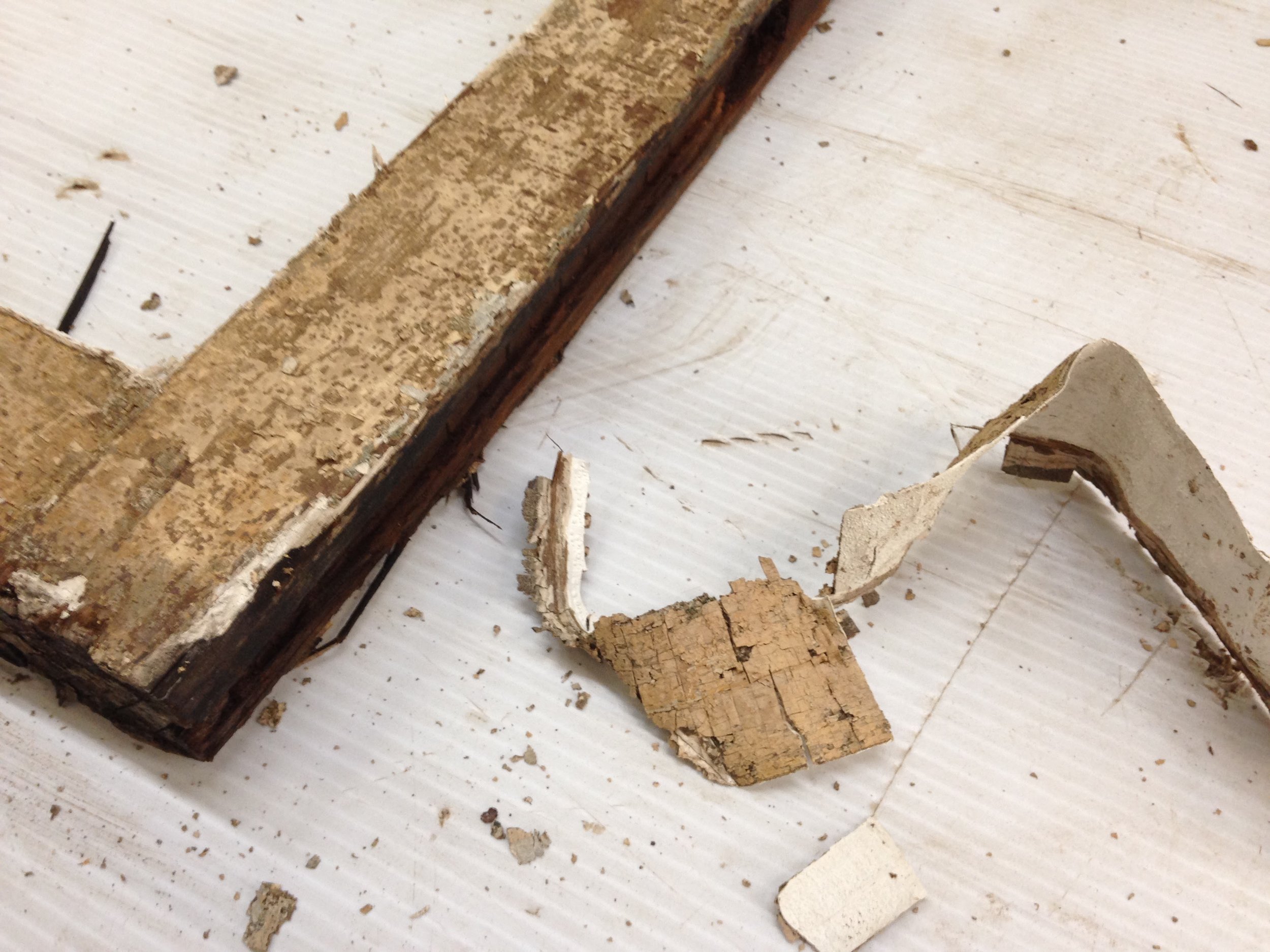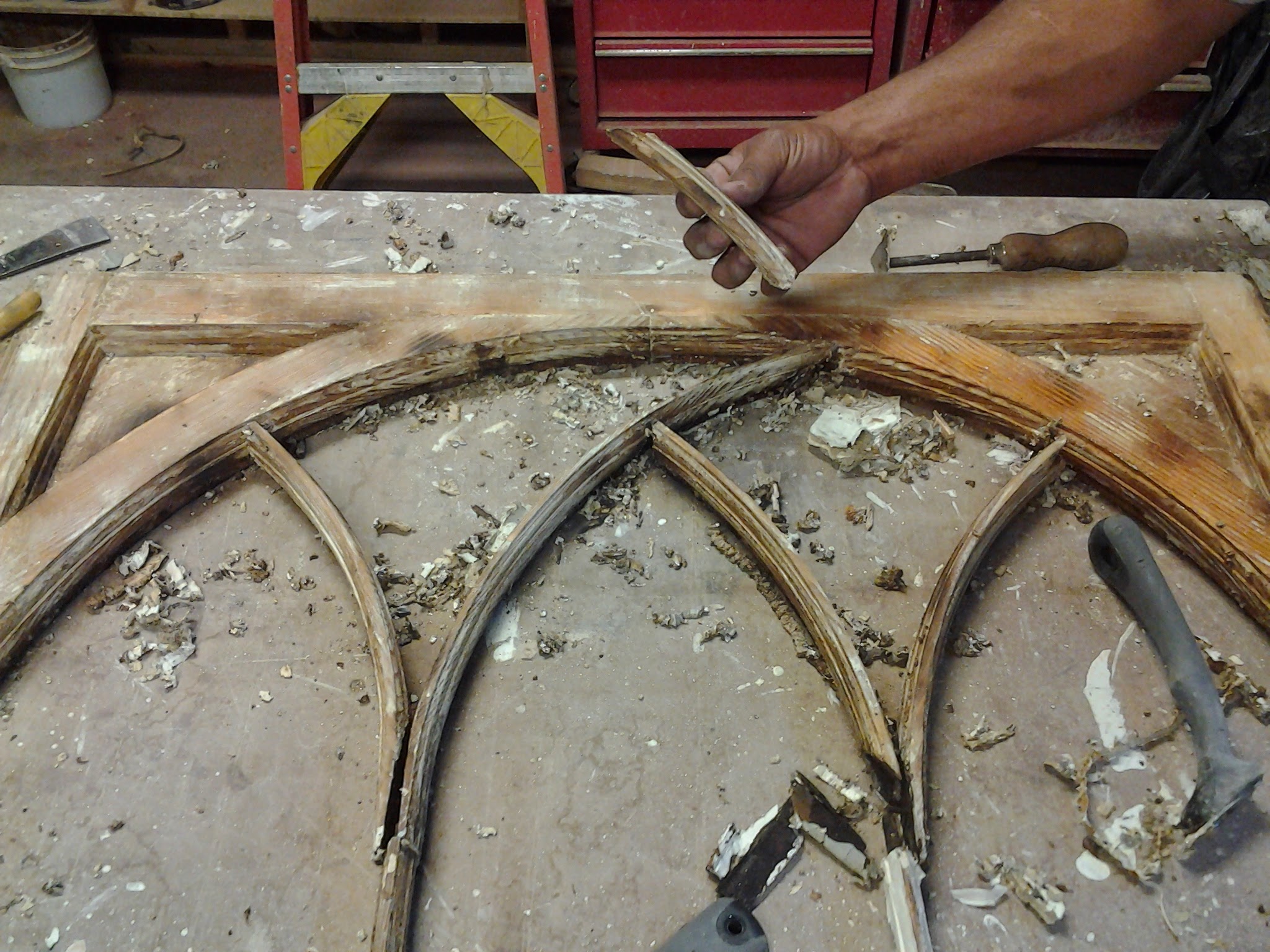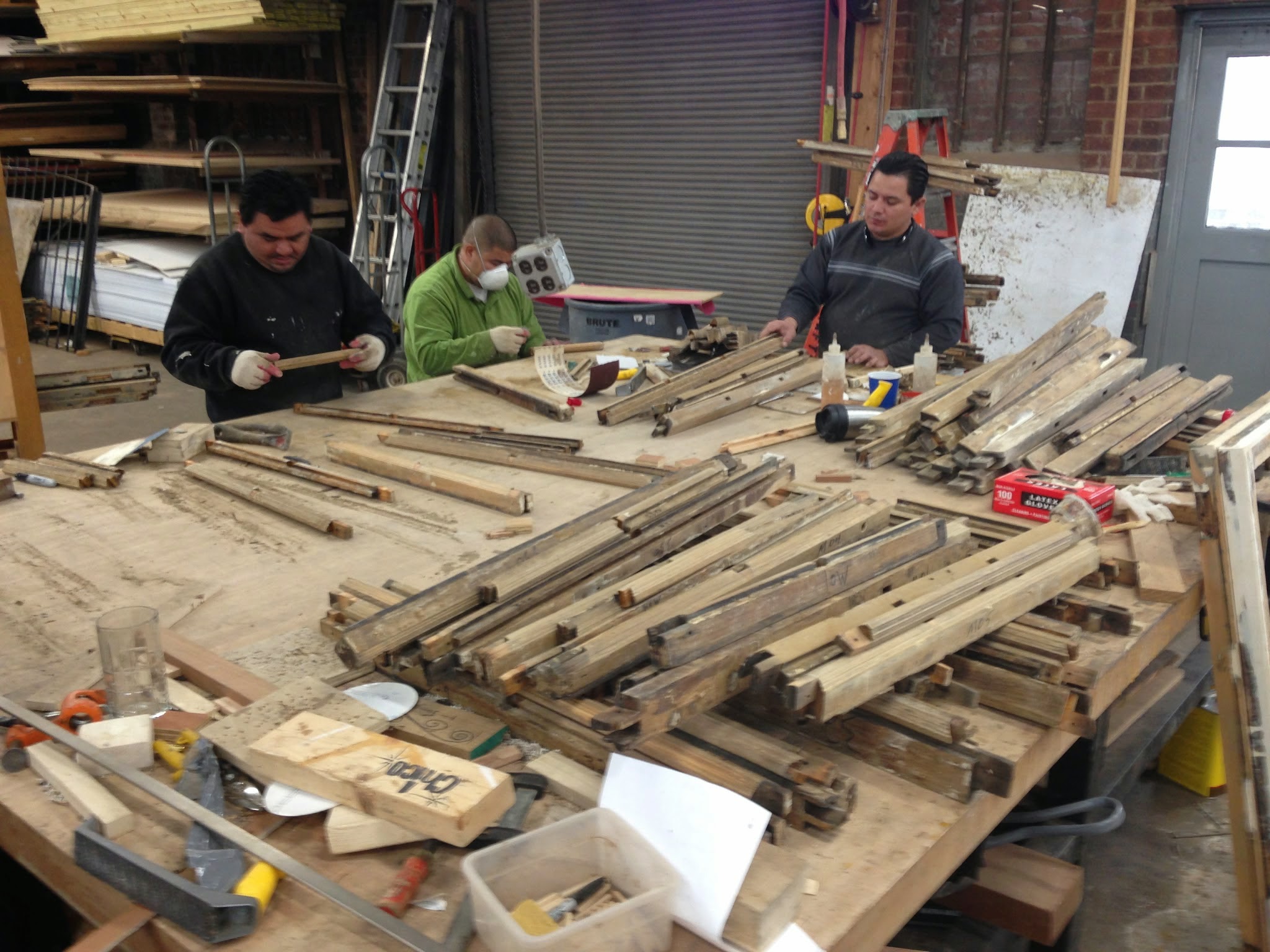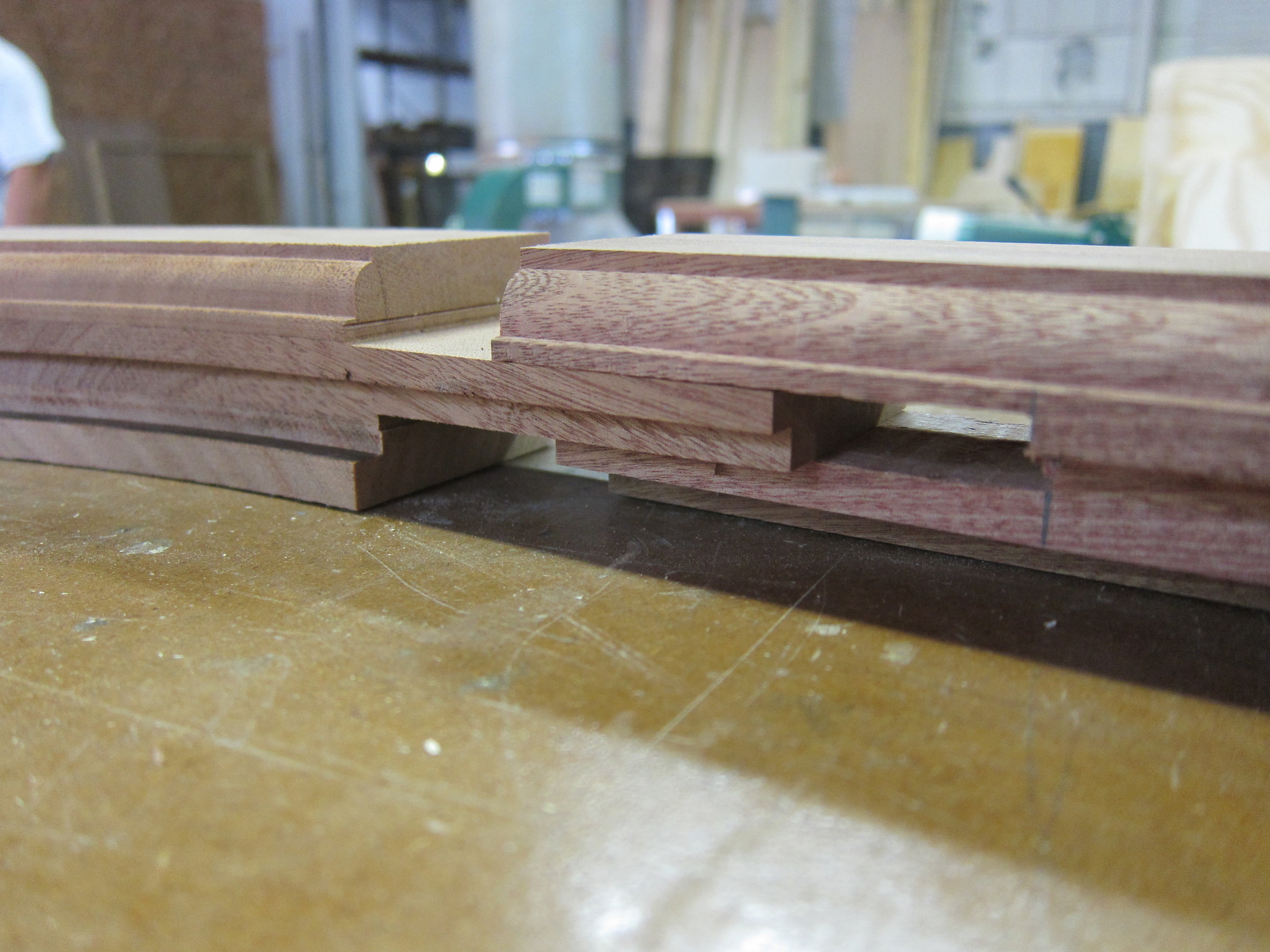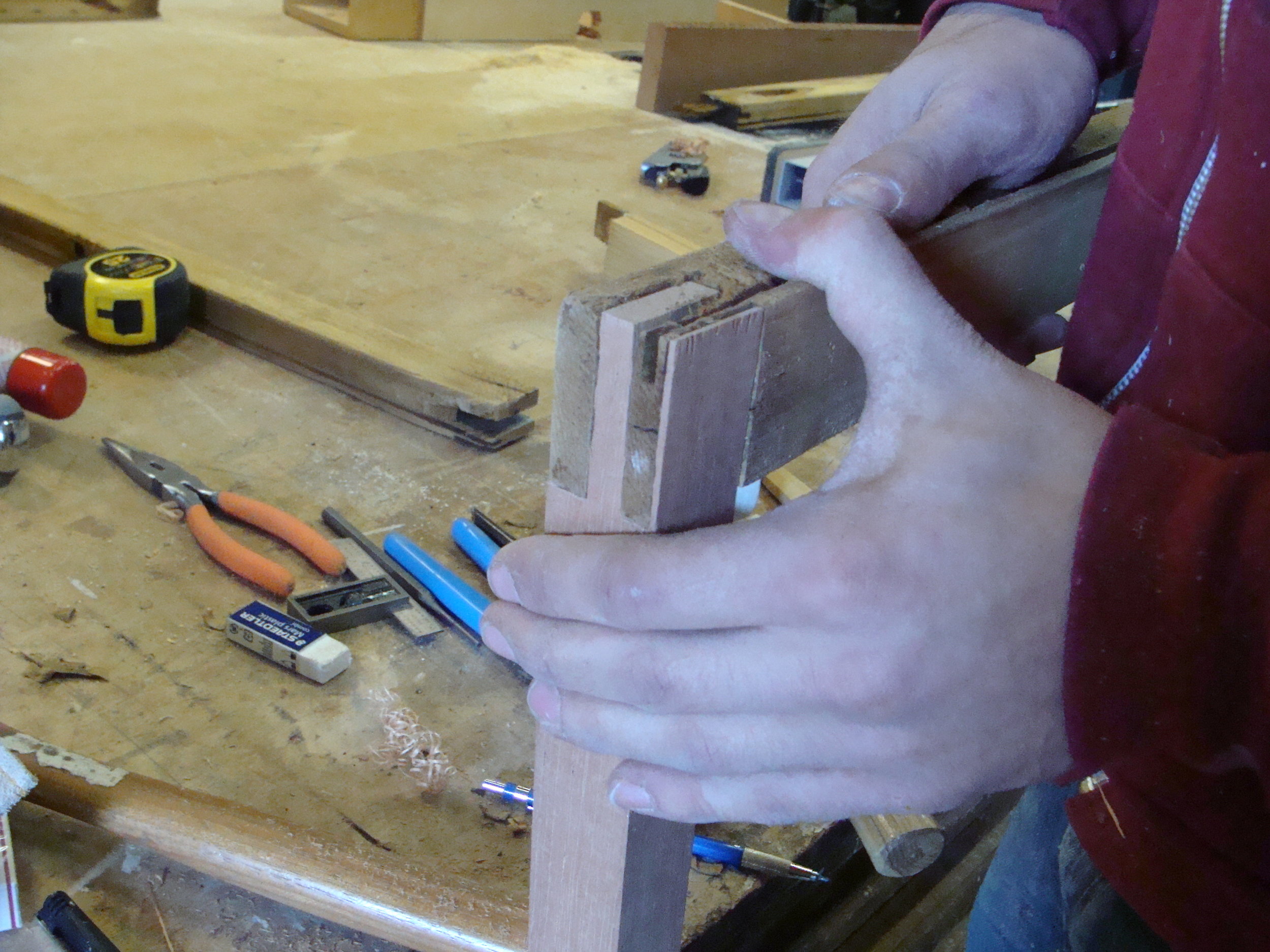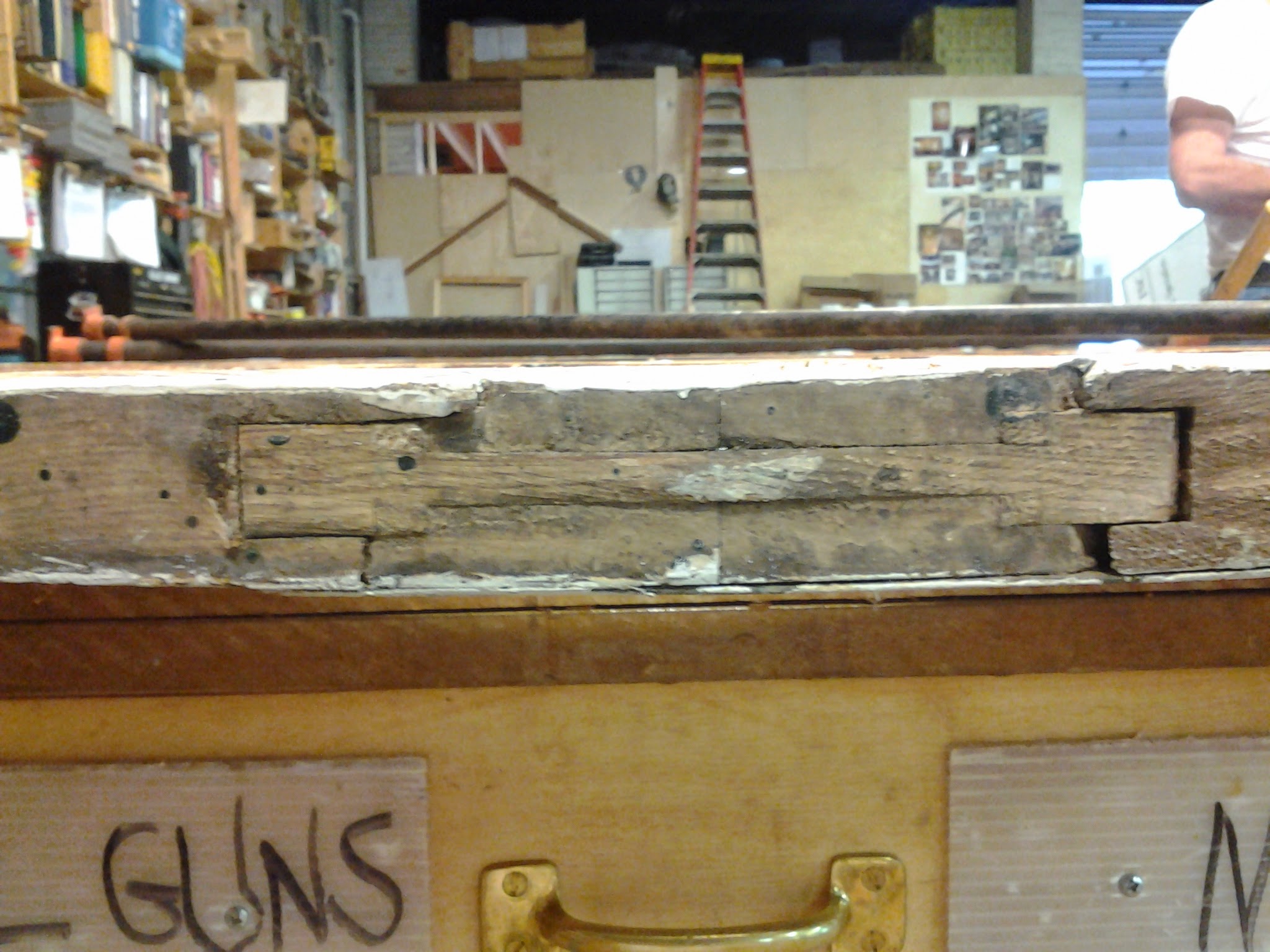Window Restoration
WINDOW RESTORATION
Total restoration of existing sashes, frames, AND single pane glass
Restoration is recommended when there is significant decay of the wood elements, the glass is loose, or more than one third of the putty is loose or missing. When all other hardware, weather stripping, or pulley and rope problems are presumed present to a degree, they are corrected as part of the sequence of sash restoration.
SCOPE OF WORK
Nearly all parts reused and all new parts same as existing in material, profile, and proportion
Sash removed from building, catalog per opening
White corrugated plastic panels installed for light transmission and weather protection — every other window so as to not darken rooms completely
Plywood installed for security and weather protection
Jambs restored with sash removed
Windows scraped of all loose paint
Abatron Epoxy consolidant used where fibers are weak
Real wood Dutchmen repairs where pieces are missing
Zinc interlocking weather-strip replaced with same for sound and lasting seal
Final sanding with Hepa filter vacuum attached
Period style zinc interlocking weather-strip retrofitted to operable sash for sound and lasting seal
Sash pulleys stripped of paint, wire brushed and lubed
Jambs primed before sash installation.
Sashes restored in shop
Each sash is steamed to soften old putty and release historic glass form sash
Each sash pressure chemically stripped, removing all loose paint, glazing putty and glass Epoxy consolidants and abatron resin fill used as necessary to secure loose fibers. Wood Dutchman and replacement parts fabricated as necessary
Remaining paint is chemically stripped at a specialty stripping shop
Epoxy consolidants and Abatron resin fill used as necessary to secure loose fibers. Wood Dutchman and replacement parts fabricated as necessary
Glass cleaned of paint and dirt, replaced if damaged
Historic glass reused whenever possible. Replacement glass to be in kind
Glass is bedded on modern silicone acrylic sealant
New, traditional linseed oil based glazing putty at all mullions
Sashes prime painted on all surfaces prior to installation
Sashes installed
All restored parts reused in installation
Sashes hung on new brass chain with new stop bead and parting bead to match existing
Top and bottom sash to operate with ease, latch with authority and seal well
PROCESS GALLERY
Click on an image to enlarge. Hover over image to learn more.




